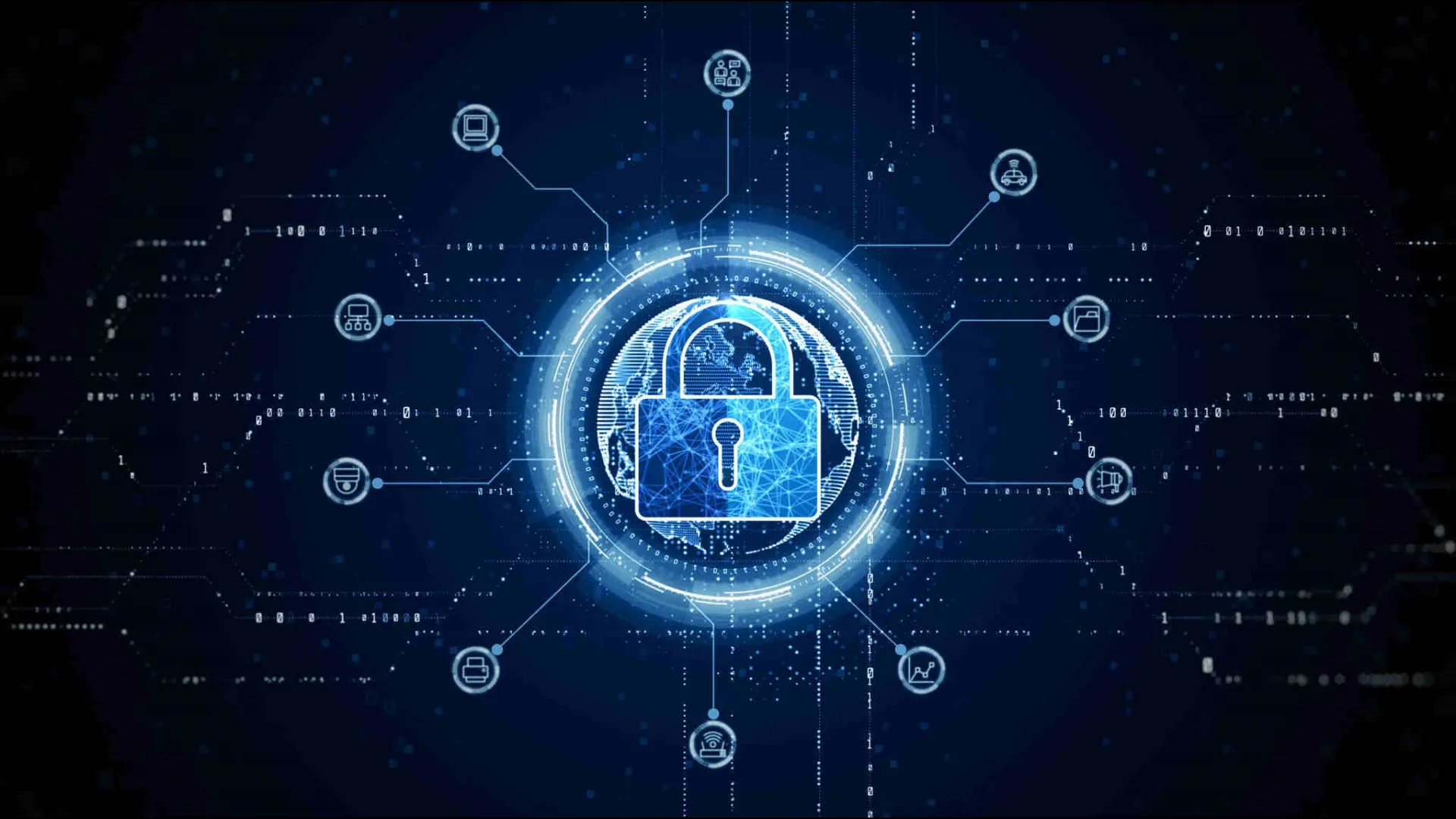In the current and evolving digital landscape, traditional cybersecurity falls short in fending off cybersecurity attacks. Traditional security tools rely on known signals and operate in silos, leaving your organization vulnerable to unknown vulnerabilities.

Here’s a real-world scenario for further comprehension:
Imagine your organization only has a basic firewall, a signature-based antivirus, and Intrusion Detection Systems (IDS). Then suddenly, it faces a novel “zero-day” threat hindering your business operations, and leaving your IT teams and client-facing personnel in a frenzy.
Both MDR solutions and an XDR platform work together to stop such scenarios from happening. MDR solutions take proactive threat hunting and measurement tactics using different cybersecurity tools such as EDR (Endpoint Detection and Response), Endpoint Protection (EPP), and Security Threat Analytics (STA).
XDR platforms unify all of your cybersecurity fronts, breaking down silos, equipping MDR solutions with technical help for proactive threat hunting and measurement tactics.
But IT decision makers and business owners often fail to understand why MDR solutions need XDR or vice versa. Through this blog post, we’ve explored the debate between MDR vs XDR and helped clarify why both are interdependent.
Understanding MDR vs XDR: Definitions and Core Functions
Both MDR solutions and XDR are integral components of modern cybersecurity solutions. It’s important to understand them separately and independently. Only then can we fathom the correlation and interdependence.
1. Managed Detection and Response (MDR)
Managed threat detection and response by Sangfor is a human-led tech-equipped cybersecurity service that leverages the power of different cybersecurity tools and the efficient XDR platform. Sangfor Athena MDR is also known to exclusively use AI analysis with other tools.
It’s a human-tech combined approach to monitoring an organization’s networks and endpoints, detecting threats, providing real-time responses to threats, and mitigating risks.
Businesses with limited IT resources and expertise can benefit from MDR solutions and have a team of expert analysts oversee their digitally vulnerable areas. This solution helps clients outsource experts and tools, maintaining a continuous and 24/7 protection.
The outsourced experts provide MDR solution users with actionable recommendations to secure on-premises, remote, and cloud networks.
2. Extended Detection and Response (XDR)
XDR stands for extended detection and response tool. Think of it like a tool that integrates and interconnects the entire cybersecurity stack of your organization. It provides 360° security visibility to the in-house IT team or MDR service providers, helping with efficient detection and automated responses to advanced cyber threats.
With the XDR security platform like Sangfor Athena XDR, users get complete visibility across endpoints, networks, cloud, and so on. While MDR solutions employ a human-led, tech-powered approach, XDR as an integration tool provides organizations with a tech-powered platform that SOCs providing MDR solutions can use.
Why MDR Solutions Depend on XDR?
We’ll answer this by taking an example from a leading MDR and XDR solution provider, Sangfor.
1. Using the Telemetry of XDR
Let’s say that your IT team relies on Sangfor Athena MDR. In that case, the analysts will depend on the telemetry of Sangfor Athena XDR.
The XDR platform aggregates telemetry data from various endpoints, cloud, and network sources, providing analysts with visibility into the primary impact on the attack surface and its effects across touchpoints.
2. XDR Improves Threat Detection Accuracy & Response Speed
Sangfor Athena XDR platform includes Security GPT, a GenAI-powered assistant that mimics the precision of a human analyst. It helps analysts filter out false-positive threats with full context and prepares a response to critical threats that deserve attention.
3. Leveraging XDR for Closed-Loop Remediation: Sangfor
Sangfor Athena MDR service is closely integrated with Sangfor Athena XDR, allowing the analysts to take automated and guided threat responses.
Why Does XDR Need MDR Services?
XDR itself is an efficient platform for organizations to integrate and unify different and siloed security tools. However, small IT teams of SMBs and small businesses often lack the bandwidth and expertise to use these efficient tools.
These users would need the help of MDR solutions to efficiently utilize the features and benefits of cybersecurity tools like XDR that they have in-house.
The following are the reasons why XDR depends on MDR services.
- Lack of Internal Expertise: XDR generates a significant amount of data. It requires specialized skills to analyze the data and take action based on it.
- 24/7 Monitoring: While having a unique security platform is one thing, the round-the-clock monitoring capabilities of analysts from an MDR solution are different. It requires organizational monitoring that exceeds the capacities of the internal team.
- Accelerated Response: The XDR platform can sometimes be complex for the internal team to handle. Furthermore, MDR services employ analysts with decades of experience and expertise to quickly implement solutions to both known and unknown cyber threats.
- Human-Driven Insights: While XDR automates detection, the MDR solution adds human insight and strategic response to the scenario. In that sense, MDR solutions help clients take full advantage of using XDR.
How does Sangfor build a Synergy Between XDR and MDR?
As a leading solution for cybersecurity, XDR, and MDR solutions, Sangfor Athena XDR synergizes with the Sangfor Athena MDR. In combination with MDR solutions, XDR forms the perfect foundation for a resilient cybersecurity that proactively hunts threats, responds to them, and takes action.
On the other hand, the outsourced team of 400+ expert analysts in Sangfor’s SOC brings a more humanized approach to threat monitoring and response.
Here’s how both XDR platforms and MDR solutions work together:
- The XDR platform collects and correlates data from varied sources. Therefore, it provides complete visibility of security parameters to expert analysts working to provide MDR solutions.
- Sangfor Athena MDR service complements the XDR platform. It provides a team of security experts who utilize advanced AI and technology to monitor the environment continuously.
- XDR provides comprehensive telemetry, and the team of analysts from MDR solutions responds quickly, solving cyber threats faster than ever.
- MDR solutions bridge the skill gap of the in-house IT team that many small SMBs and organizations have. SMB owners can think of it like getting help from cybersecurity experts with the capabilities to handle enterprise-grade threats.
The Difference Between XDR and MDR isn’t the Point!
MDR vs. XDR is not the concern that most SMBs and IT decision-makers at mid-to-large-sized enterprises should be thinking of. Instead, they must take a problem-specific approach to find the solution that fits their organization’s needs.
For instance, if you already have seasoned experts in IT and cybersecurity appointed in-house with enough bandwidth, an XDR platform fits your environment perfectly.
On the contrary, an SMB with limited resources and a growing client base and information could rely on MDR solutions to enjoy both tech and human efficiencies in a tailored solution.
Ultimately, both XDR and MDR are interdependent and designed to support organizations with their specific needs. Do you think an MDR solution is what your company needs? Or would you let the in-house IT team handle the XDR platform? Let us know in the comments.



